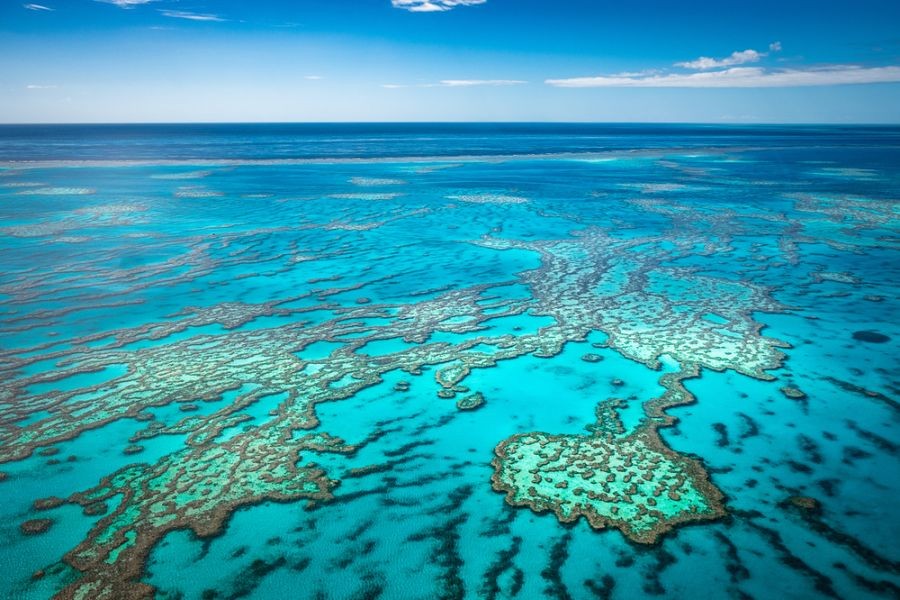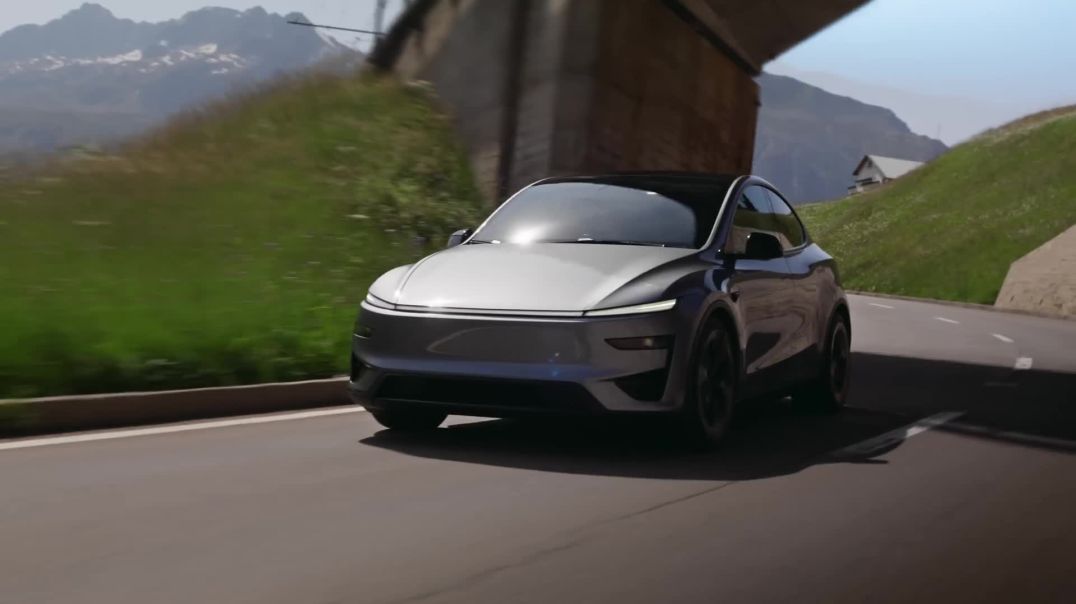Australia stands at a crossroads, facing the monumental decision of prioritizing either the preservation of the Great Barrier Reef or the protection of the Outback. These natural wonders are not only ecological treasures but also vital to Australia's economy and cultural identity. The dilemma lies in balancing environmental preservation with economic growth, both of which have far-reaching implications for the nation. This article delves into the critical analysis of both priorities, backed by data, expert insights, and case studies, to determine the optimal path forward for Australia.
Understanding the Great Barrier Reef
The Great Barrier Reef, a UNESCO World Heritage site, is the world's largest coral reef system, stretching over 2,300 kilometers. It supports a diverse range of marine life and contributes significantly to Australia's tourism industry. According to the Great Barrier Reef Marine Park Authority, the Reef generates approximately AUD 6.4 billion annually and supports 64,000 jobs. However, climate change, pollution, and overfishing pose significant threats to its health and sustainability.
Case Study: The Impact of Coral Bleaching
In 2016 and 2017, the Great Barrier Reef experienced back-to-back coral bleaching events, devastating the ecosystem. A study by the Australian Institute of Marine Science found that these events led to a 50% decline in coral cover. This catastrophic loss highlighted the urgent need for action to mitigate climate change and protect the Reef from further damage.
The Significance of the Outback
The Outback, an iconic symbol of Australia's rugged natural beauty, spans over 5.6 million square kilometers and is home to unique flora and fauna. It plays a crucial role in Australia's mining and agriculture sectors, which are vital to the nation's economy. The Australian Bureau of Statistics (ABS) reported that mining contributed AUD 248 billion to the economy in 2022, with the Outback being a significant area for mineral extraction.
Case Study: Mining in the Pilbara
The Pilbara region, located in the Outback, is known for its rich iron ore deposits. Companies like Rio Tinto and BHP have invested heavily in mining operations, boosting local economies and providing employment opportunities. However, these activities have raised environmental concerns, such as habitat destruction and water scarcity, prompting calls for sustainable mining practices.
Pros and Cons Evaluation
Protecting the Great Barrier Reef
- Pros:
- Preserves biodiversity and supports marine ecosystems.
- Boosts tourism and generates significant revenue.
- Provides opportunities for scientific research and education.
- Cons:
- Requires substantial financial investment and international cooperation.
- Vulnerable to climate change impacts beyond national control.
- May divert resources from other crucial environmental projects.
Protecting the Outback
- Pros:
- Supports Australia's mining and agriculture industries.
- Preserves cultural heritage and Indigenous communities.
- Fosters local economic development and employment.
- Cons:
- Environmental degradation due to mining and agricultural practices.
- Water scarcity and land degradation challenges.
- Potential conflicts with conservation efforts and Indigenous land rights.
Regulatory Insights and Economic Implications
The Australian government faces the challenge of balancing environmental protection with economic growth. The Australian Competition & Consumer Commission (ACCC) and the Australian Prudential Regulation Authority (APRA) have introduced regulations to ensure sustainable practices in industries operating in both regions. The implementation of an Environmental, Social, and Governance (ESG) framework is crucial for companies to align with sustainable practices and mitigate environmental impacts.
According to the Reserve Bank of Australia (RBA), climate-related risks could significantly impact Australia's financial stability, necessitating proactive measures to transition towards a low-carbon economy. The introduction of a carbon tax or cap-and-trade system could incentivize businesses to reduce emissions and invest in renewable energy, benefiting both the Reef and the Outback.
Future Trends and Predictions
By 2030, it is expected that 50% of Australia's energy will be derived from renewable sources, as reported by the Commonwealth Scientific and Industrial Research Organisation (CSIRO). This transition is likely to benefit the Great Barrier Reef by reducing carbon emissions and mitigating climate change impacts. Simultaneously, advancements in sustainable mining technologies could enhance the protection of the Outback's natural resources.
The government's commitment to achieving net-zero emissions by 2050 will require substantial investment in green infrastructure and policy reforms. The collaboration between government, industry, and Indigenous communities will be essential to implement sustainable practices and conserve Australia's natural heritage.
Conclusion and Final Takeaways
Australia faces a complex decision in balancing the protection of the Great Barrier Reef and the Outback. Both regions are critical to the nation's ecological and economic well-being. While the Reef offers substantial tourism revenue and biodiversity preservation, the Outback supports key industries like mining and agriculture. A holistic approach that integrates sustainable development, regulatory frameworks, and collaborative efforts is essential to safeguard these natural wonders for future generations.
People Also Ask
- How does saving the Great Barrier Reef impact Australia's economy? Protecting the Reef supports tourism, generating AUD 6.4 billion annually and sustaining 64,000 jobs, as per the Great Barrier Reef Marine Park Authority.
- What are the biggest misconceptions about the Outback? A common myth is that the Outback is economically irrelevant. However, ABS data shows it contributes significantly to mining and agriculture, crucial to Australia's GDP.
- What strategies can Australia implement to protect both regions? Experts recommend integrating ESG frameworks, investing in sustainable technologies, and fostering collaboration between government, industry, and Indigenous communities.
Related Search Queries
- Great Barrier Reef conservation strategies
- Environmental impact of mining in the Outback
- Australia's renewable energy goals 2030
- Economic benefits of the Great Barrier Reef
- Sustainable practices in Australian mining
- Indigenous land rights in the Outback
- Climate change impact on Australia's natural wonders
- Net-zero emissions targets Australia
































RudolphCur
8 months ago